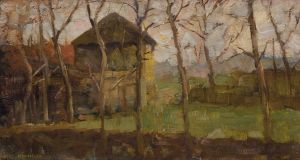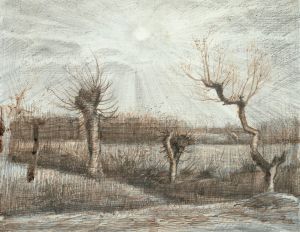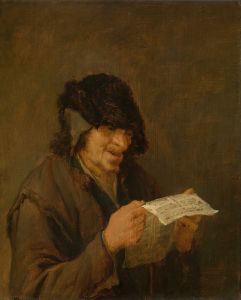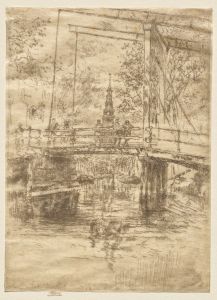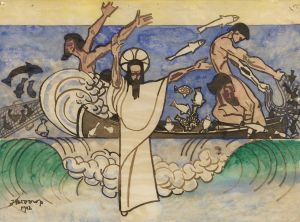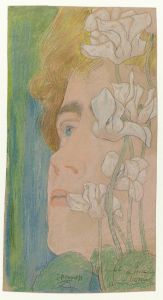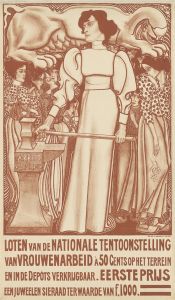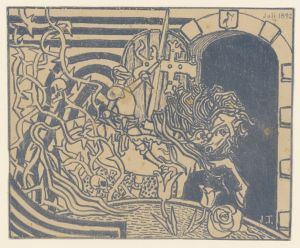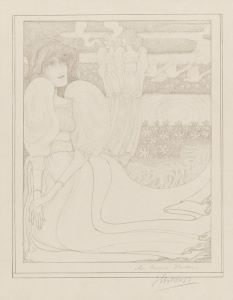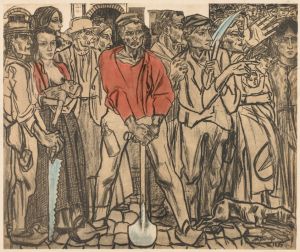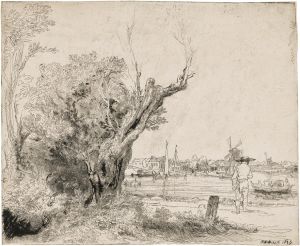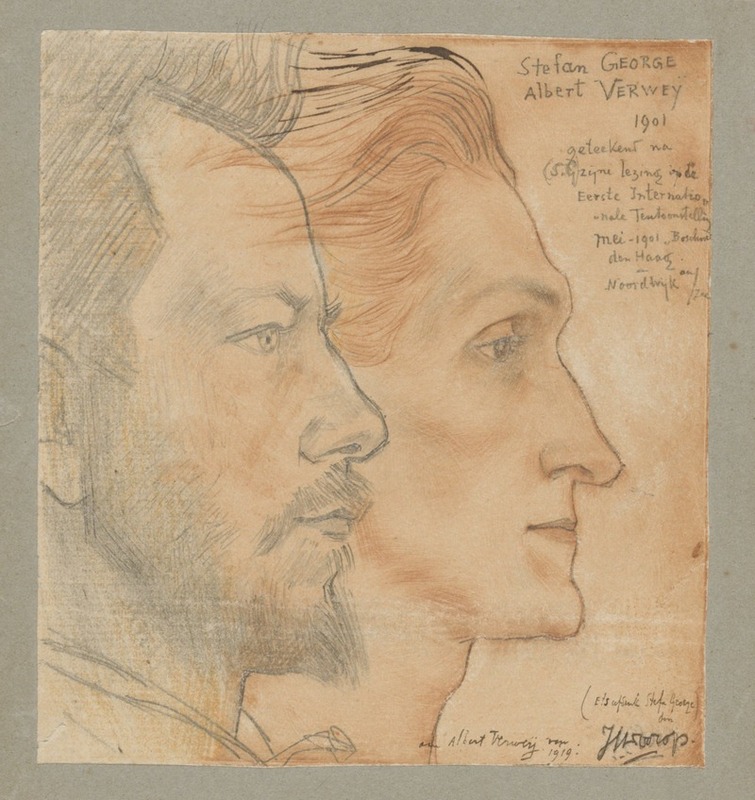
Portraits of Albert Verwey and Stefan George
A hand-painted replica of Jan Toorop’s masterpiece Portraits of Albert Verwey and Stefan George, meticulously crafted by professional artists to capture the true essence of the original. Each piece is created with museum-quality canvas and rare mineral pigments, carefully painted by experienced artists with delicate brushstrokes and rich, layered colors to perfectly recreate the texture of the original artwork. Unlike machine-printed reproductions, this hand-painted version brings the painting to life, infused with the artist’s emotions and skill in every stroke. Whether for personal collection or home decoration, it instantly elevates the artistic atmosphere of any space.
"Portraits of Albert Verwey and Stefan George" is a double portrait created by the Dutch artist Jan Toorop in 1892. The artwork is notable for its depiction of two prominent literary figures of the late 19th century: Albert Verwey, a Dutch poet, and Stefan George, a German poet. Both men were influential in their respective literary circles and shared an interest in symbolism, a movement that sought to express ideas and emotions through symbolic imagery and themes.
Jan Toorop, a leading figure in Dutch Symbolism and Art Nouveau, was known for his distinctive style that often combined intricate line work with a sense of mysticism. This particular work reflects Toorop's ability to capture the intellectual and emotional depth of his subjects. The double portrait is executed in a graphic, linear style that emphasizes the personalities of Verwey and George, portraying them as introspective and contemplative figures.
Albert Verwey (1865–1937) was a key figure in Dutch literature and a founding member of the literary journal De Nieuwe Gids ("The New Guide"). He was deeply involved in the Symbolist movement and was known for his poetry, essays, and translations. Stefan George (1868–1933), on the other hand, was a central figure in German literature and a leader of the George Circle, a group of writers and intellectuals who sought to create a new, idealistic cultural vision. George's work often explored themes of beauty, spirituality, and the role of the artist in society.
The meeting of Verwey and George in the early 1890s was significant, as it represented a cross-cultural exchange of ideas between Dutch and German Symbolism. Toorop's portrait captures this intellectual connection, emphasizing the shared ideals and artistic aspirations of the two poets.
The medium of the artwork is likely a drawing or print, as Toorop often worked in these formats during this period. The composition is characterized by its detailed line work and stylized forms, which are hallmarks of Toorop's Symbolist approach. The portrait is considered an important example of Toorop's ability to merge visual art with literary and philosophical themes.
The current location of the artwork is not widely documented, and further details about its provenance or exhibition history are limited. However, the piece remains a testament to the interconnectedness of art and literature during the Symbolist era and highlights Jan Toorop's role as a key figure in this cultural movement.






